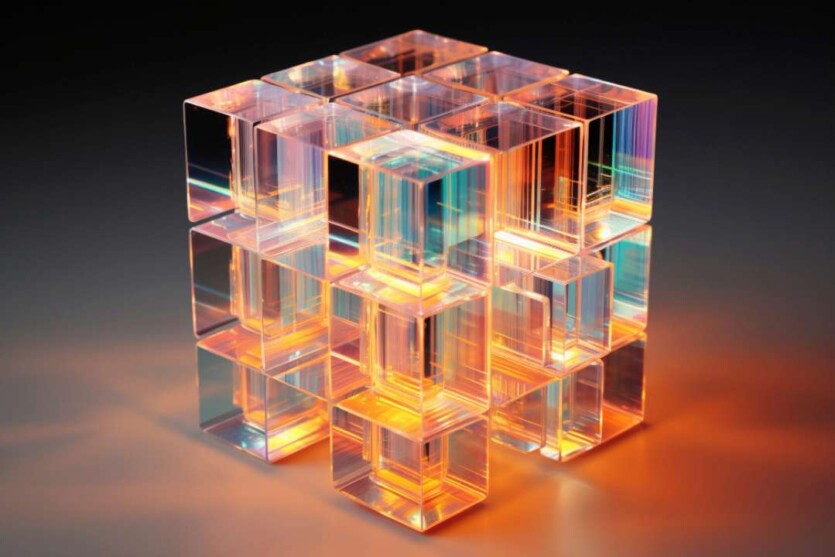
The Rubik’s Cube remains one of the most popular puzzles in the world and seems to be getting a new dimension thanks to the efforts of physicists from the University of Colorado at Boulder.
It is noted that scientists have created quantum version popular puzzle by replacing the classic squares with quantum particles. While the classic Rubik’s Cube has about 43 quintillion possible variations for solving the puzzle, the quantum Rubik’s Cube offers an unlimited number of options. This is achieved due to the fact that individual quantum particles can enter a state of superposition, where they are both moving and not moving at the same time.
«With superpositions, the number of unique allowed puzzle states is infinite, unlike conventional permutation puzzles in toy stores», — the developers note.
The developers tested their idea on a cube consisting of a cuboid with only two faces high and wide and only one face deep. The puzzle requires placing two green tiles over two blue ones. All pieces of the same color are indistinguishable from each other, but pieces of different colors can be distinguished. The classic puzzle allows for 6 variations of horizontal and vertical permutations. In the quantum Rubik’s Cube, the number of variations has been reduced to two.

Researchers used three different types of virtual players to solve a puzzle with 2 thousand pieces. The classical solver could only swap two adjacent fragments. Quantum solver could only introduce pairs of tangled fragments into the superposition state. However, the combination of the classical solver with the quantum solver allowed it to perform any action every time.
Thus, the combined solver solved the puzzle in an average of 4.77 moves. The quantum solver took 5.32 moves, and the classical solver — 5.88. There are 2 ways to solve this puzzle. The first — involves measuring the state of the particle and checking whether it has moved or not. This destroys the superposition state and turns the particle into an analog of a regular Rubik’s cube face.
At the same time quantum dice A Rubik’s Cube can be created from identical particles, such as fermions. This will result in any move keeping the puzzle in the lowest energy state. The state space is the set of all possible configurations of the system. Since the state space and the set of actions are finite, this version of the puzzle can be compared to classic permutation puzzles, albeit with a very strange geometry.
Cats improve quantum computing with their qubits — how it works
The results of the study were published in the journal Physical Review A
Source: ScienceAlert

Spelling error report
The following text will be sent to our editors: